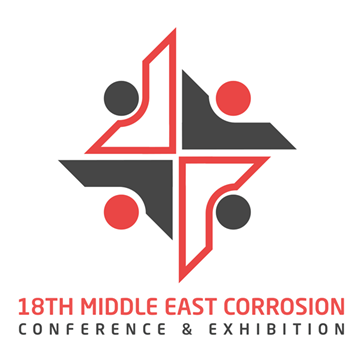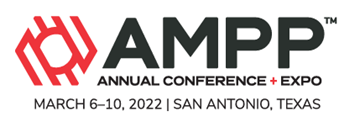Search
Online Conference Paper
View as
Sort by
Display
per page
Impact of H2S Souring on PDO Facilities Materials of Construction
Product Number:
MECC23-20044-SG
Publication Date:
2023
$20.00
Impact of Impurities on the Corrosion of CO2 Dense Phase Transmission Pipelines
Product Number:
MECC23-20236-SG
Publication Date:
2023
$20.00
Impact Of Maintenance Activities On Future Integrity Of Transmission Pipelines
Product Number:
51322-17504-SG
Publication Date:
2022
$20.00
Impact Of Material Properties Of Thick-Wall X65 TMCP Plate Steel For Sour Service
Product Number:
51322-17917-SG
Publication Date:
2022
$20.00
Impact of Multiphase Flow on the Inhibition of Carbonate Scale Deposition.
Product Number:
51323-19425-SG
Publication Date:
2023
$20.00
Impact of O2 Content on Corrosion Behavior of X65 Mild Steel in Gaseous, Liquid and Supercritical CO2 environments
Product Number:
51320-14433-SG
Publication Date:
2020
$20.00
Impact of Power System Design and Operating Conditions for AC Interference on Pipelines
Product Number:
51324-20926-SG
Publication Date:
2024
$40.00
Impact Of Preservation Method, Storage Temperature, And Processing Time On Microbiological Community Shift In Solid Samples Collected From Crude Oil Transmission Pipelines
Product Number:
51322-18009-SG
Publication Date:
2022
$20.00
Impact of Test Method on Sulfide Stress Cracking Fracture Toughness
Product Number:
51323-19118-SG
Publication Date:
2023
$20.00
Impact of Unreacted Mea-Triazine on Refinery Operation
Product Number:
51321-16832-SG
Publication Date:
2021
$20.00
Impact of Vapor Phase Corrosion Inhibitors (VPCI) to Mitigate Corrosion in Refinery Overhead Systems
Product Number:
51324-21227-SG
Publication Date:
2024
$40.00
Impact of Welder Performance on the Integrity of Welds, and Enhancement of Welds Quality
Product Number:
MPWT19-15249
Publication Date:
2019
$0.00












